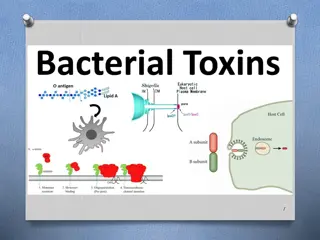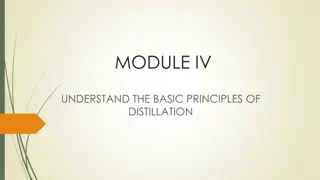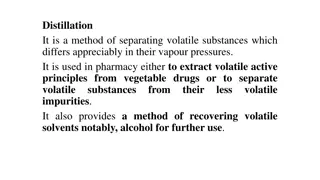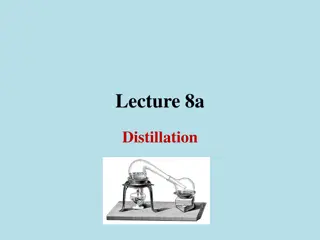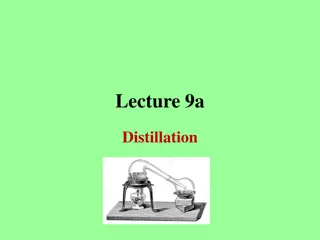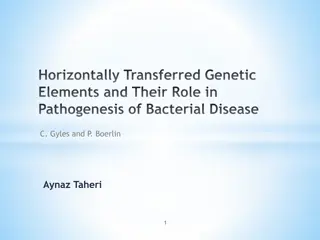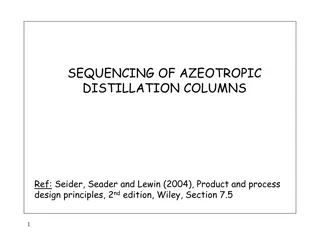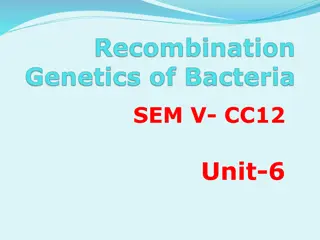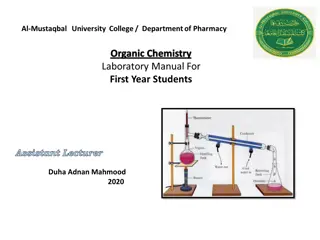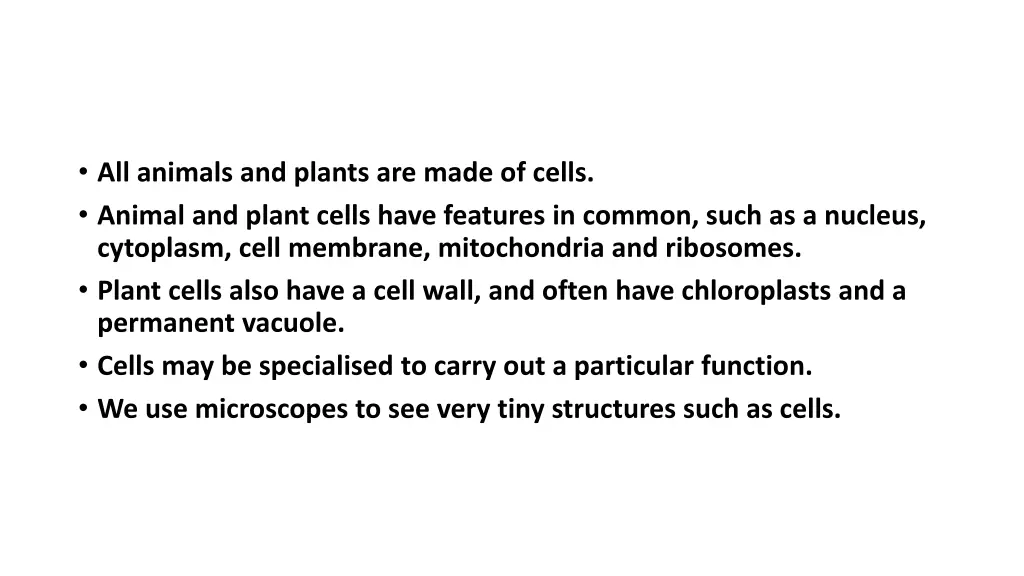
Understanding Cells: Animal, Plant, and Bacterial Cell Structures
Explore the common features and differences between animal, plant, and bacterial cells. Learn about the specialized functions of cells and how bacteria reproduce through binary fission. Discover the diversity of shapes and uses of bacteria in various habitats.
Download Presentation

Please find below an Image/Link to download the presentation.
The content on the website is provided AS IS for your information and personal use only. It may not be sold, licensed, or shared on other websites without obtaining consent from the author. If you encounter any issues during the download, it is possible that the publisher has removed the file from their server.
You are allowed to download the files provided on this website for personal or commercial use, subject to the condition that they are used lawfully. All files are the property of their respective owners.
The content on the website is provided AS IS for your information and personal use only. It may not be sold, licensed, or shared on other websites without obtaining consent from the author.
E N D
Presentation Transcript
All animals and plants are made of cells. Animal and plant cells have features in common, such as a nucleus, cytoplasm, cell membrane, mitochondria and ribosomes. Plant cells also have a cell wall, and often have chloroplasts and a permanent vacuole. Cells may be specialised to carry out a particular function. We use microscopes to see very tiny structures such as cells.
Bacterial cells are much smaller than plant or animal cells. We know that bacteria have a cell wall. This is similar to a plant cell wall but is more flexible. Bacteria do not have a nucleus. They do have two types of DNA plasmid and chromosomal. The chromosomal DNA carries most of the genetic information. Plasmid DNA forms small loops and carries extra information.
Some bacteria have a flagellum a whip like tail. This helps the bacteria to move itself along. When we talk about these flagellum tails in multiple bacteria, we call them flagella.
A typical bacterial cell is just a few micrometres across (a few thousandths of a millimetre). Bacteria can be classified by their shapes. The main shapes are: spherical rod spiral curved rods
Bacteria reproduce by binary fission. This means that one cell splits into two new cells. As there is only one parent involved, this is a type of asexual reproduction Bacteria can reproduce very quickly given the right conditions, such as warmth, moisture and suitable nutrients. Huge numbers of bacteria can be grown commercially in large containers called fermenters. Smaller numbers can be cultured in the lab by growing them on agar plates.
Some bacteria use organic nutrients, others can make their own nutrients. This means that bacteria are able to survive on a large range of energy sources and can live in a wide variety of habitats For example, bacteria can: invade other living things and cause disease cause food spoilage (make food go off)
Bacteria and viruses are the main types of pathogen. Bacteria are microscopic organisms. They come in many shapes and sizes, but even the largest are only 10 micrometres long - that's 10 millionths of a metre. Bacteria are living cells and, in favourable conditions, can multiply rapidly. Once inside the body, they release poisons or toxins that make us feel ill. Diseases caused by bacteria include: food poisoning cholera typhoid whooping cough.


